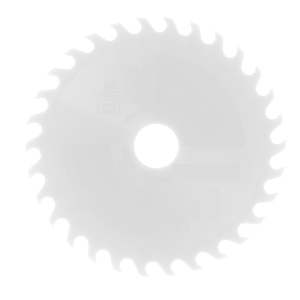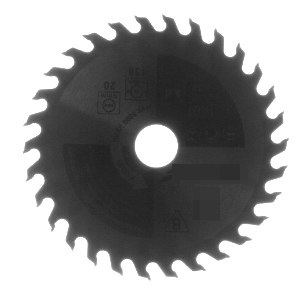You are here: Start » Function Reference » All Functions » Image Point Transforms » AvsFilter_LogarithmImage
This is Filter Equivalent. This function may be present in generated code, but should not be used in hand-written code. CreateLogarithmLut and ApplyPixelLut should be used instead.
| Header: | AVL.h |
|---|---|
| Namespace: | avs |
| Module: | FoundationLite |
Computes a natural logarithm of each pixel.
Applications: Transforms an image in such a way that a quotient on the input image becomes a difference on the output image. This can be useful for dealing with variable illumination.
Syntax
void avs::AvsFilter_LogarithmImage ( AvsFilters_ImagePointTransformsState& ioState, const avl::Image& inImage, atl::Optional<const avl::Region&> inRoi, atl::Optional<const float&> inScale, float inOffset, bool inNormalizeZero, avl::Image& outImage, avl::Profile& diagLutProfile )
Parameters
| Name | Type | Range | Default | Description | |
|---|---|---|---|---|---|
 |
ioState | AvsFilters_ImagePointTransformsState& | Object used to maintain state of the function. | ||
 |
inImage | const Image& | Input image | ||
 |
inRoi | Optional<const Region&> | NIL | Region of interest | |
 |
inScale | Optional<const float&> | NIL | Scaling factor (default: 255) | |
 |
inOffset | float | 1.0 -  |
1.0f | Offset factor |
 |
inNormalizeZero | bool | Specifies whether the output range should be rescaled to start from 0 | ||
 |
outImage | Image& | Output image | ||
 |
diagLutProfile | Profile& | Profile depicting the resulting look-up table of the logarithm transform |
Requirements
For input inImage only pixel formats are supported: int8, uint8, int16, uint16, int32.
Read more about pixel formats in Image documentation.
In-place Processing
This function supports in-place data processing - you can pass the same reference to inImage and outImage
Read more about In-place Computation.
Description
The operation applies logarithmic operator to each pixel of an image. Logarithmic operator is defined as follows:
\[inScale \cdot \frac{log(inOffset + |P(x,y)|)}{log(inOffset + M)}\]
where:
- M is the maximum of the inImage type (i.e. 255 for UInt8, 127 for Int8).
- inScale is the expected maximum value of the transformation. If set to Auto it will result in value 127 for Int8 image and 255 for other image types.
- inOffset value corresponds to the camera's black level. Its default value is equal 1 and causes the strongest possible transform.
When inNormalizeZero is set to True, the result is not only scaled, but also normalized so that pixel value 0 is still transformed into value 0. This assures that the entire output value range is utilized.
Examples
 |
 |
 |
The LogarithmImage performed on the sample image with parameters inScale = 250, inOffset = 50. The middle image inNormalizeZero = False and the left image has inNormalizeZero = True.
Hardware Acceleration
This operation supports automatic parallelization for multicore and multiprocessor systems.
Errors
List of possible exceptions:
| Error type | Description |
|---|---|
| DomainError | Region exceeds an input image in LogarithmImage. |
| DomainError | Not supported inImage pixel format in AvsFilter_LogarithmImage. Supported formats: Int8, UInt8, Int16, UInt16, Int32. |


